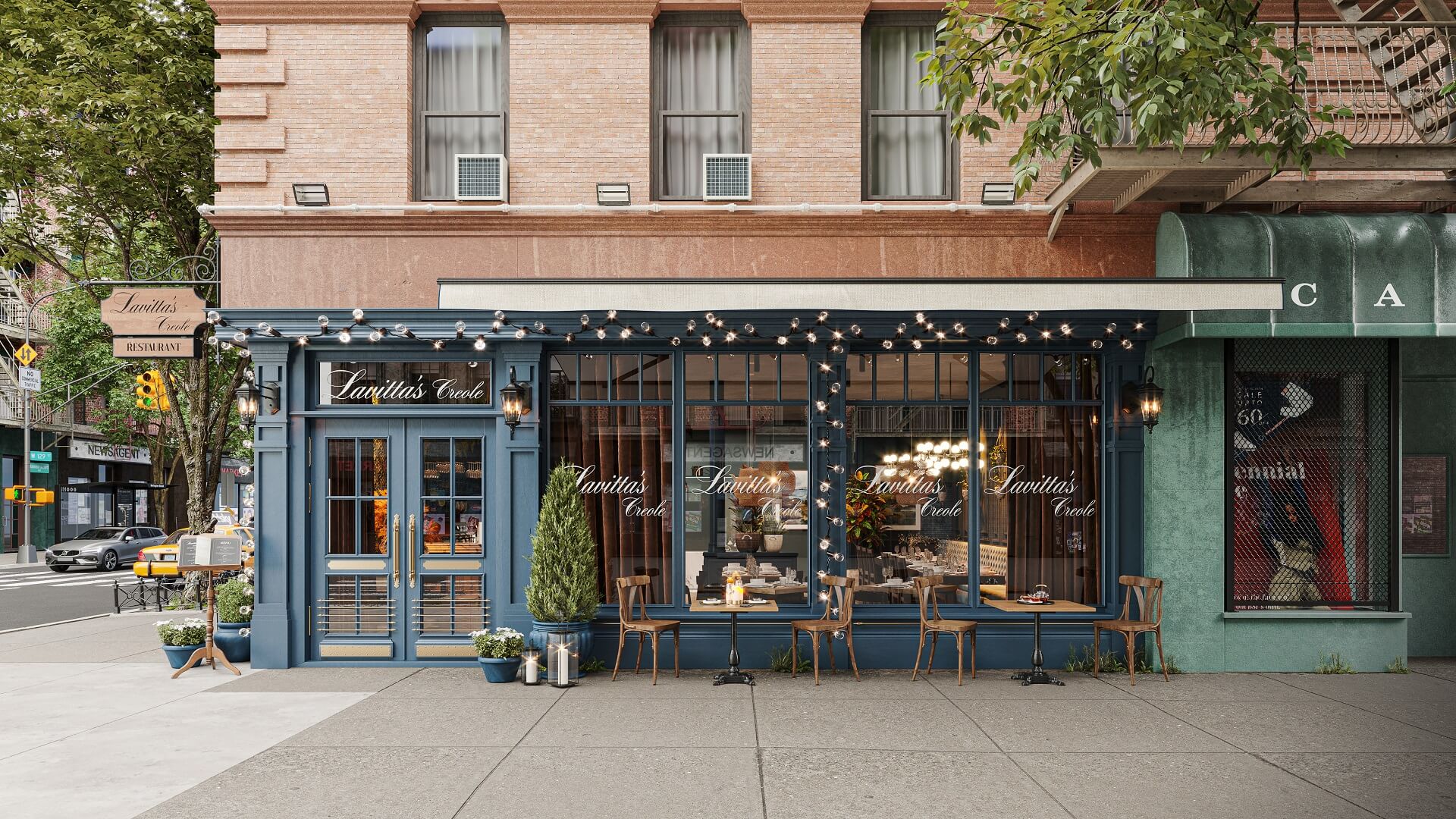In recent years, 3D animation has become indispensable for architects. It allows them to showcase the future look of their projects in a visually stunning and engaging way. Still, 3D animation is a relatively new tool. So, there might be some confusion about how to use it properly. For instance, one may feel uncertain about which camera angles to choose for the storyboard of a 3D video. There are various types of shots in animation, each offering its unique advantages. And selecting the appropriate ones is crucial to showcase your design in the best possible light.
Our 3D rendering studio has vast experience working with architects and real estate professionals to ensure they visualize their projects most compellingly. In this article, we outlined 10 main types of shots in animation to help you identify which of them will suit your goals. So, let’s get into it!
#1. Up Shots
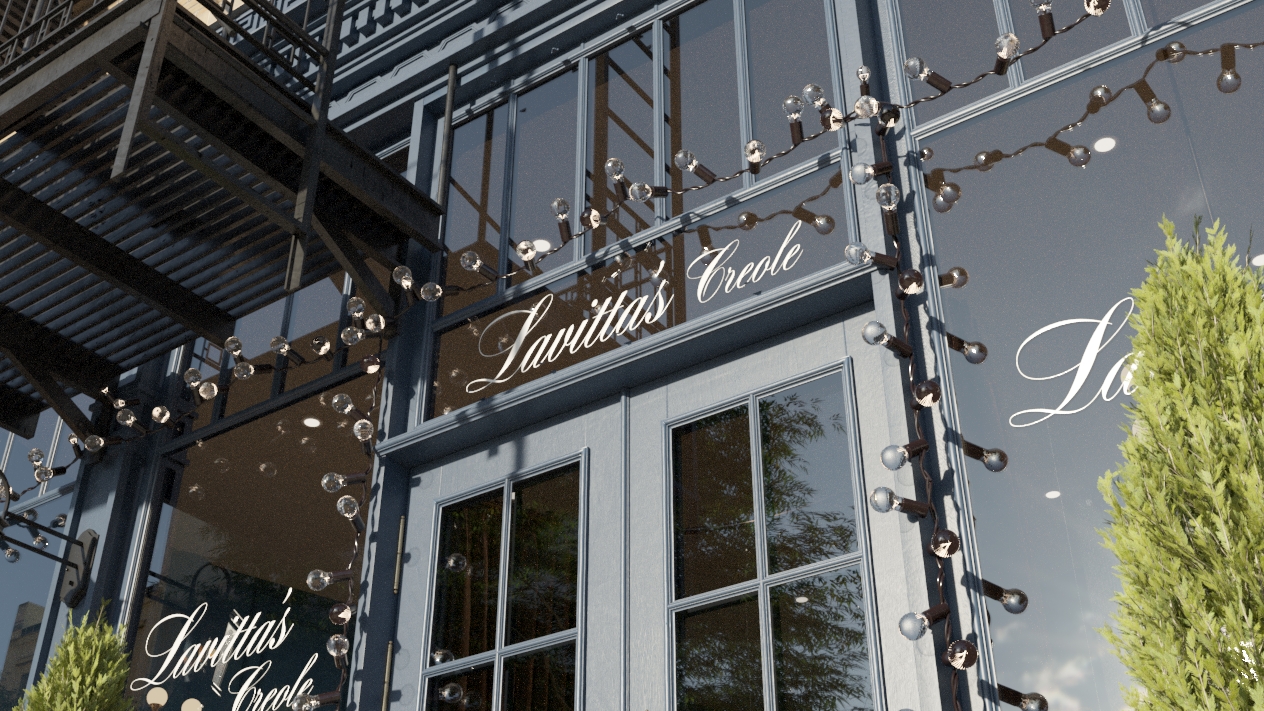
The first on our list of types of shots in animation is up shots. Those are captured from below-eye level and highlight the towering height of the building. These types of shots are effective for high-rise constructions or those built on elevations. By showing the structure from this perspective, you can convey how large and powerful it is going to look. Up shots are especially useful for designs that aim to impress with their grandeur.
#2. Down Shots
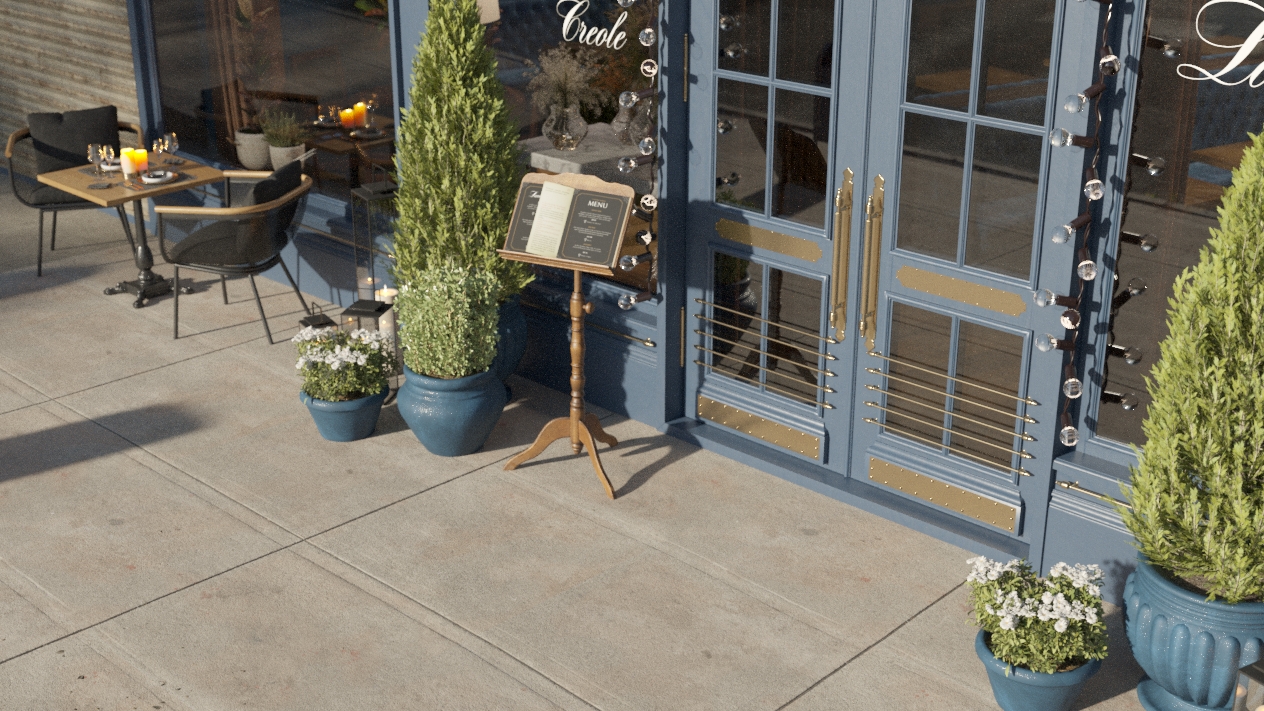
Opposite to the previous ones, these shots show buildings from above-eye level. Such types of shots in animation are very useful for highlighting the scale of the project. They allow the viewer to see the entire structure or at least a significant part of it. In addition to emphasizing the scale, down shots can also be used to showcase how the building will work together with the surroundings. This is very convenient if you need to show that the design will integrate seamlessly and naturally with its environment.
Down shots are also an obvious go-to if you want to showcase elements that can only be seen from above, such as, for example, a rooftop garden. These shots can add an element of surprise, as the audience can see the structure from an unusual perspective.
#3. Establishing Shots
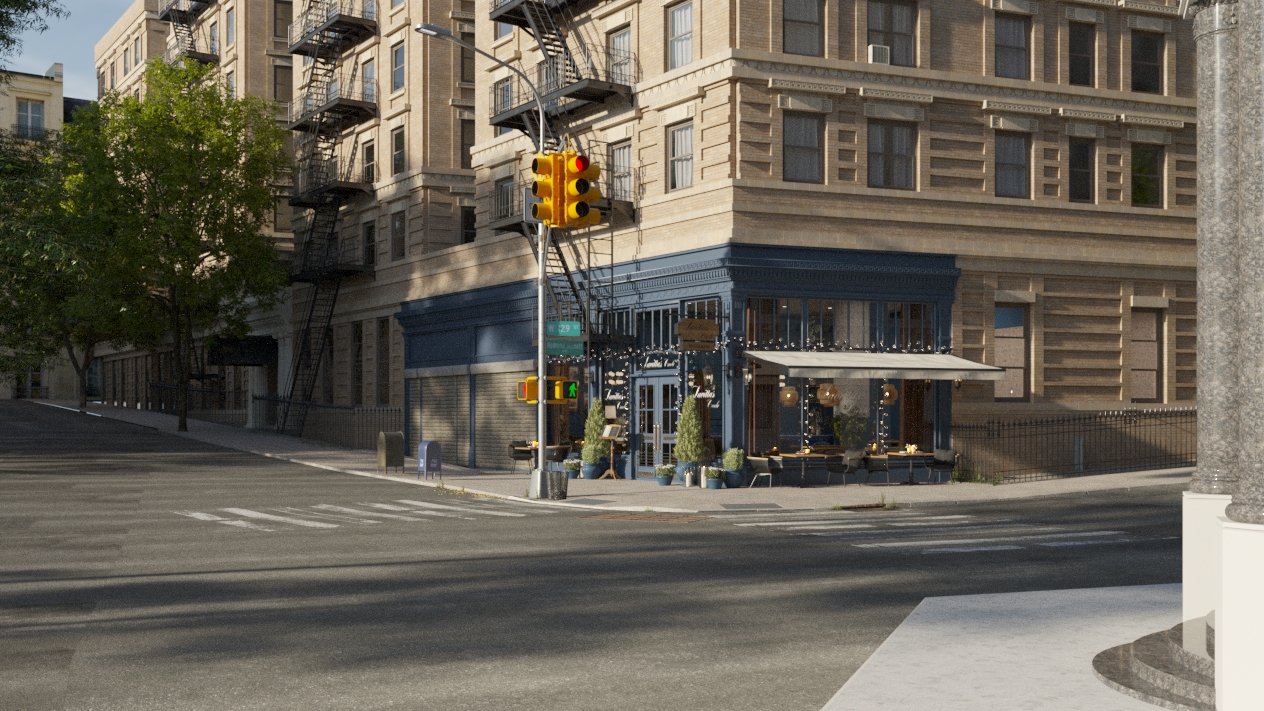
These shots typically appear at the beginning of an animation to set the atmosphere and give viewers a feel of the place. Unlike the previous two types, establishing shots are more artistic than functional and are designed to create a particular mood.
The establishing shots are especially impactful for highlighting the location of the architectural project, whether it is a single building or a whole neighborhood. By capturing the surrounding area and hence providing context, these shots help the audience understand the connection of the design to its environment.
#4. Point-of-view Shots
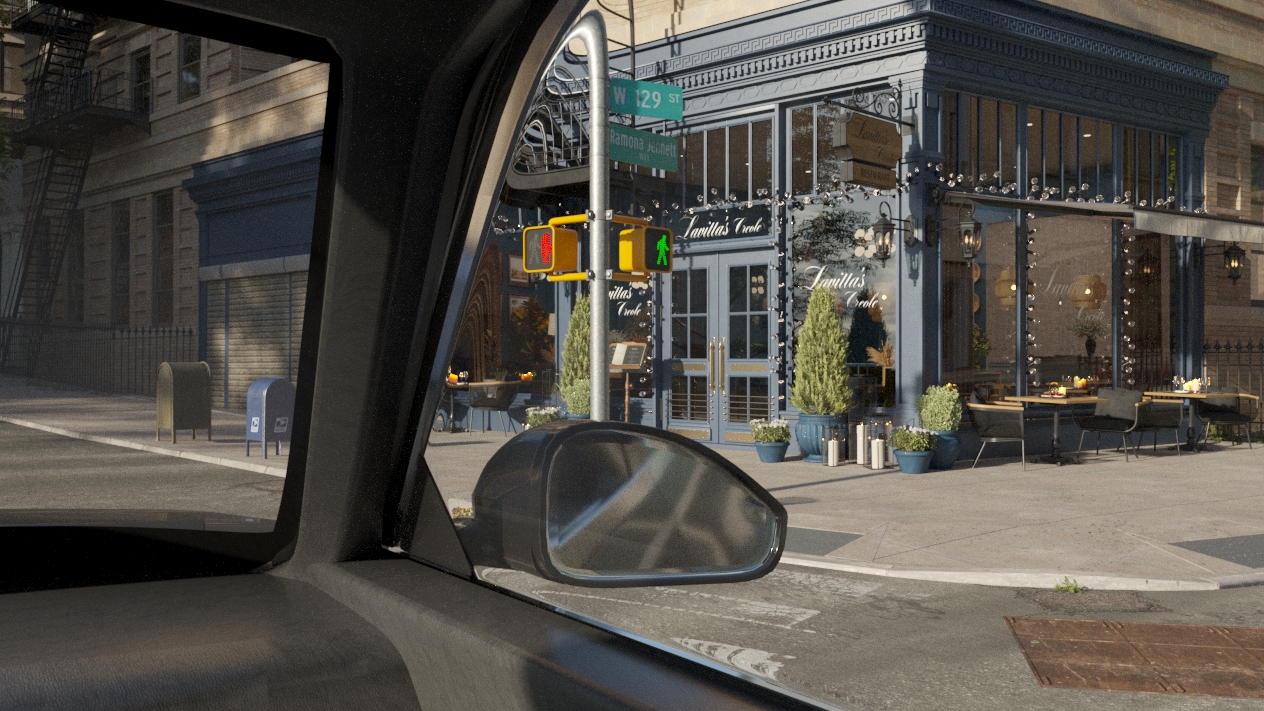
One of the interesting types of shots to showcase architectural projects in animation are point-of-view shots. As the name suggests, such shots show the design from the point of view of an imaginary character, like a random passer-by. That helps to immerse the audience in the scene and create a sense of presence. With modern technologies and approaches to the usage of 3D animation in architecture, these angles often look like frames from a movie, which helps to further their artistic and emotional impact.
Overall, point-of-view shots allow one to see the scene from a unique and fresh perspective. By using this type of shot, you can draw attention to key features of the design while helping viewers experience them in an unexpected way.
#5. Aerial Shots
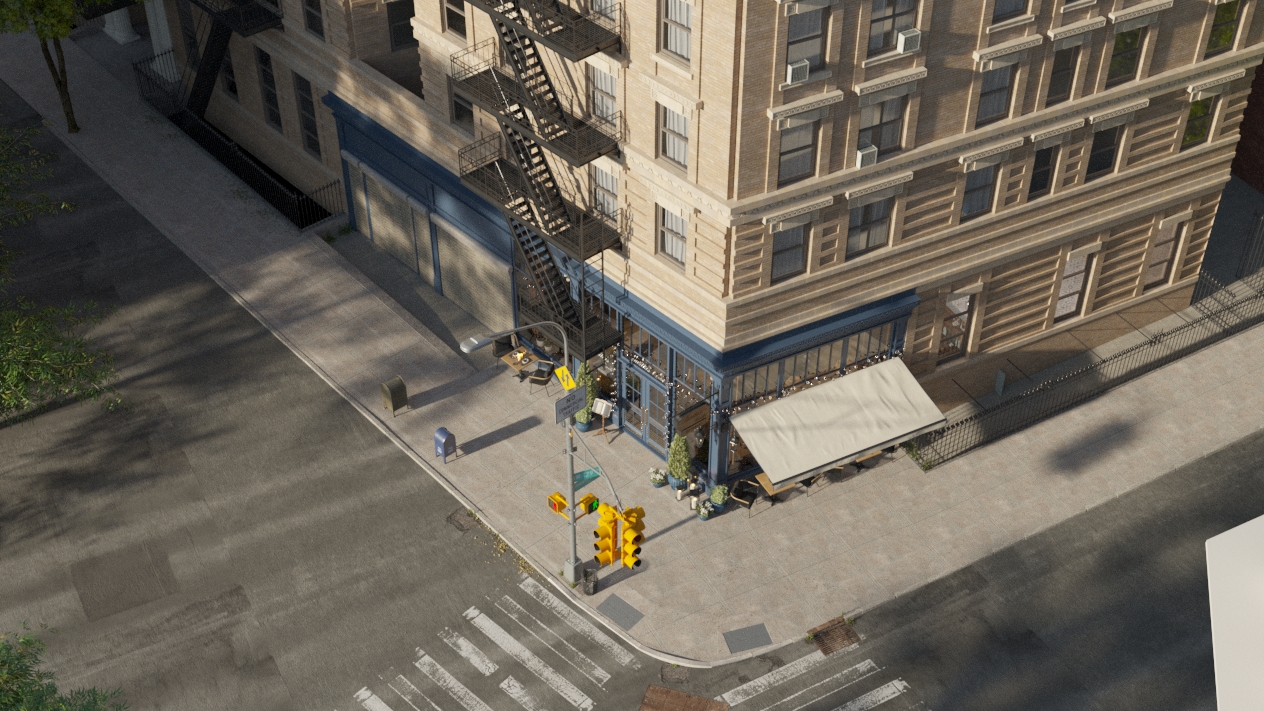
Aerial, or bird’s eye view shots in animation convey the scale of the building or complex in a way that is difficult to achieve with other types of angles. Taken from a high viewpoint, these types of shots are useful for demonstrating the entire project in a single frame. This can help viewers appreciate the scale and complexity of the house or architectural ensemble.
In addition to showcasing the building itself, aerial shots also show the surrounding infrastructure and environment, such as roads, parks, bodies of water, and so on. That provides important context for the project.
#6. Full Shots
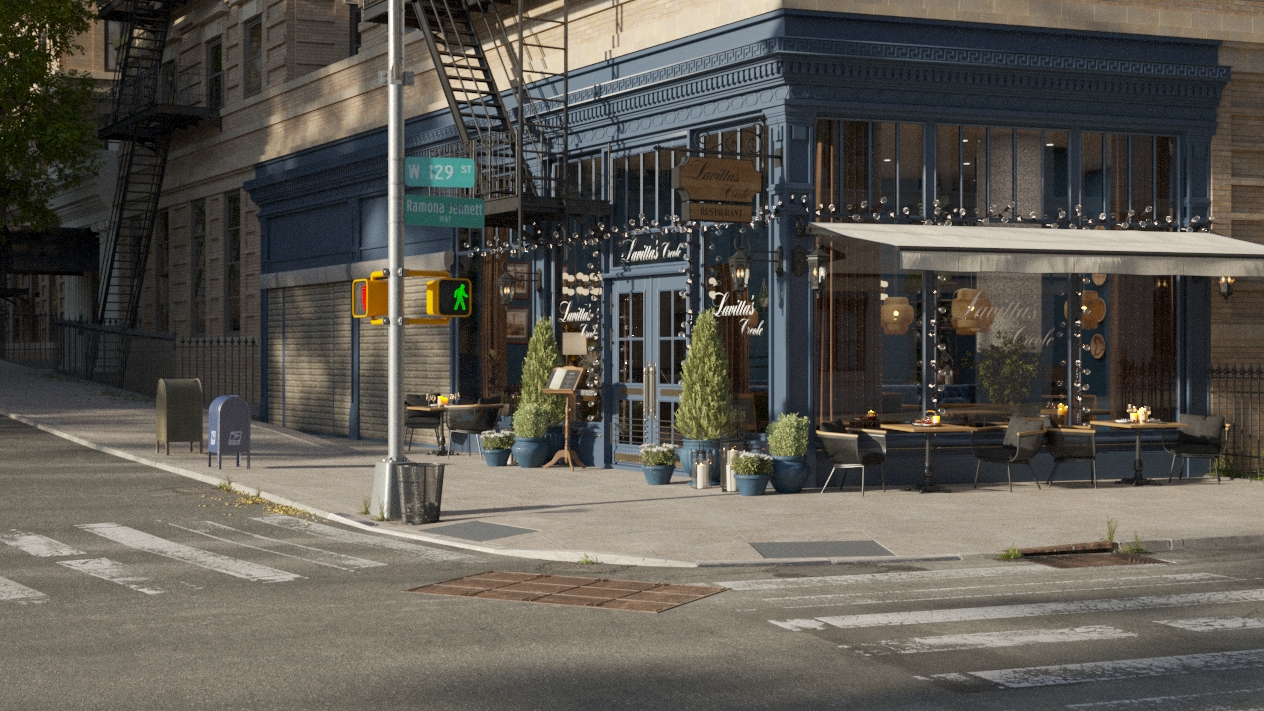
These types of shots show the building or area from the knees up, while also allowing viewers to see the background. Medium shots are irreplaceable for showing how the project fits into the surrounding natural landscape or urban environment. By showcasing the background, you help viewers understand the structure’s relationship to it and appreciate the full picture.
#7. Medium Shots

These types of shots show the building or area from the knees up, while also allowing viewers to see the background. Medium shots are irreplaceable for showing how the project fits into the surrounding natural landscape or urban environment. By showcasing the background, you help viewers understand the structure’s relationship to it and appreciate the full picture.
#8. Close Shots
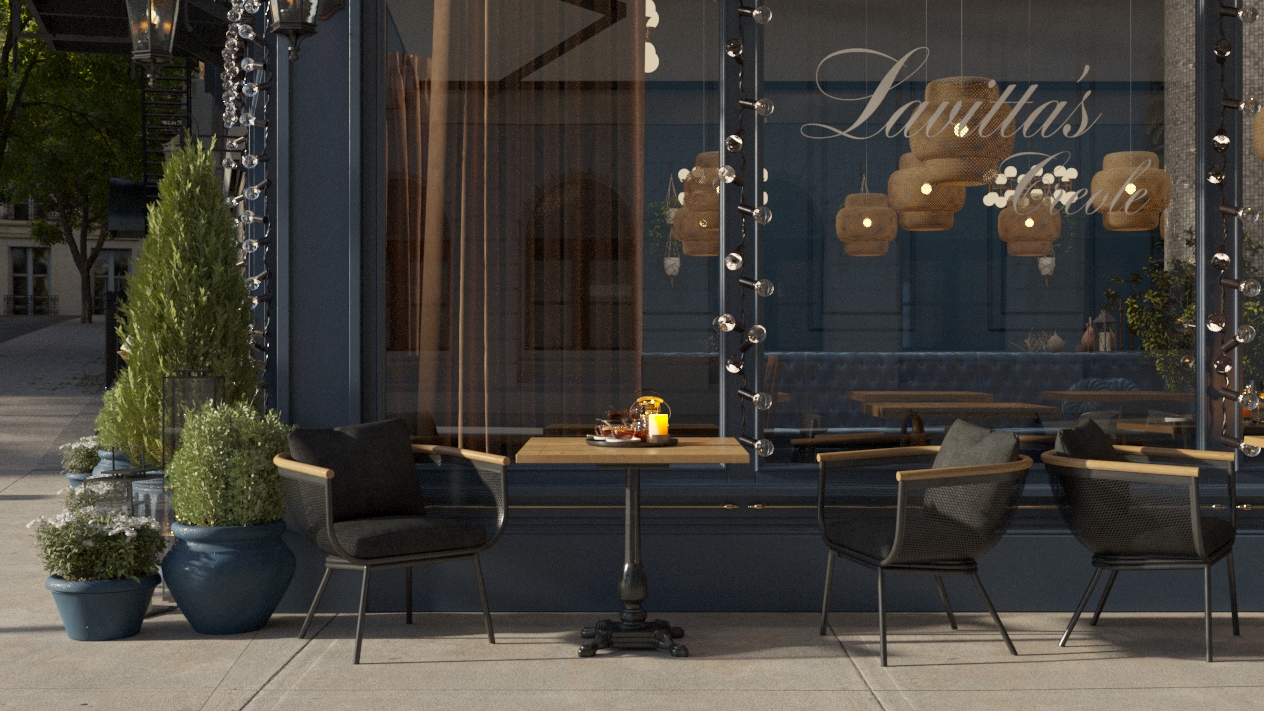
Next on our list of types of shots in animation are close shots. Here, a particular object or area takes up the majority of the frame. So, the focus is squarely on that design element and creating intimacy and connection with the viewer.
Close shots are the go-to choice for highlighting specific features that might otherwise be overlooked. By zooming in on a particular detail, you can draw attention to unique aspects of the design. As a result, you help your audience fully appreciate them.
#9. Extreme Close Shots
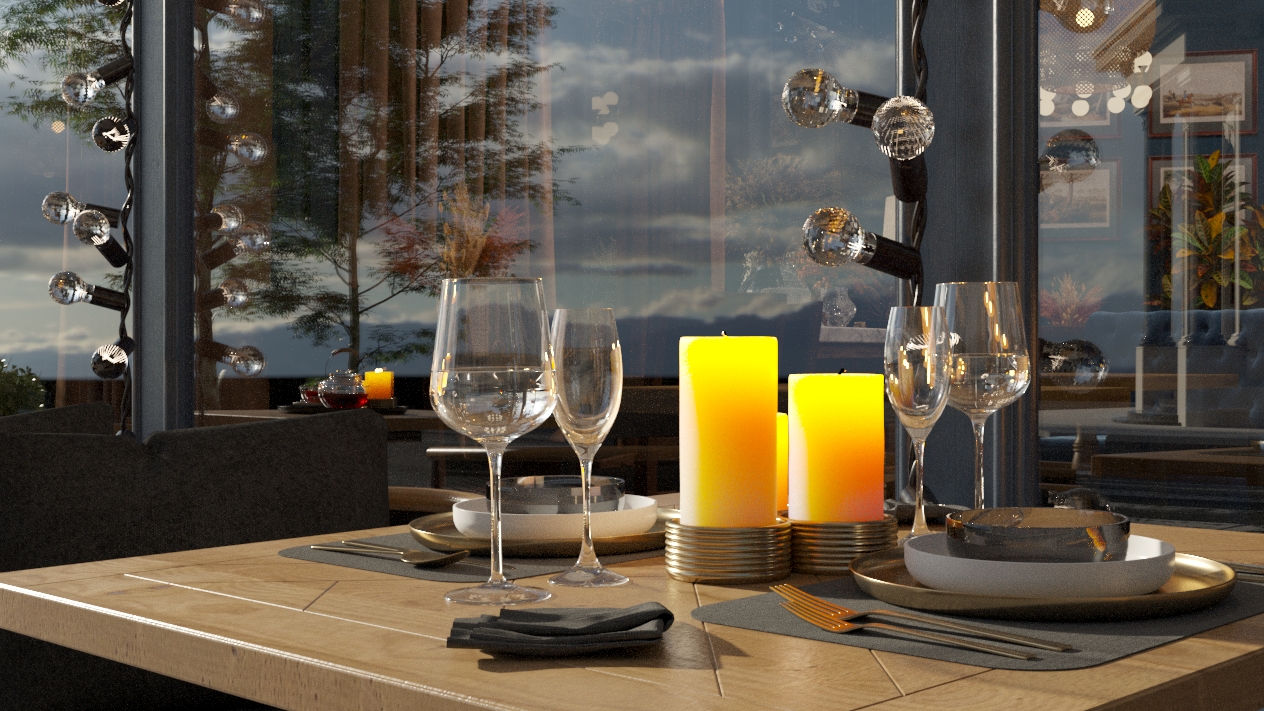
To take the previous types one step further, you can go for extreme close shots. These shots depict designs from the most up-close perspective. This way, they allow viewers to examine the materials, textures, reflections, and other features that may be missed in other types of shots in animation.
The extreme close shots work great for highlighting important details and conveying the atmosphere of the space. By focusing on small things, such shots can create a special mood, helping viewers to appreciate the design on a truly personal level.
#10. Over-the-shoulder Shots
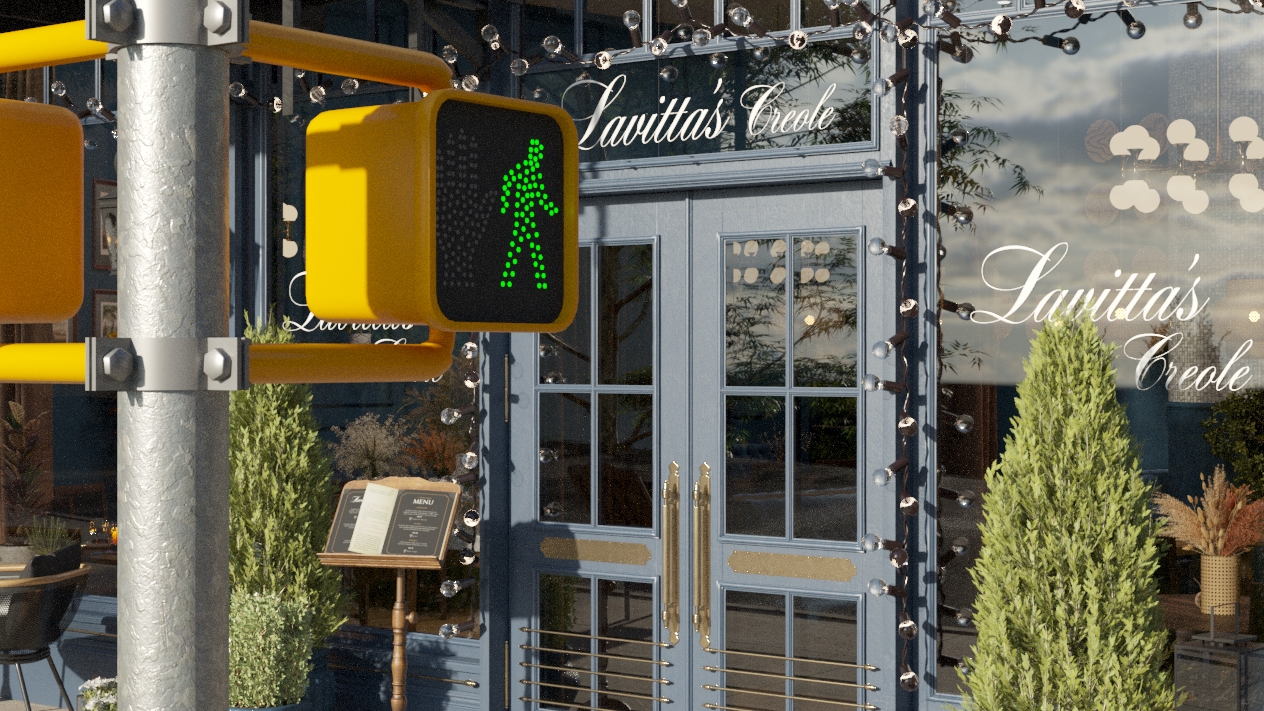
Last but not least on our list of types of shots is animation is the relative of the point-of-view shots. Such shots are made to look like they were taken from behind the shoulder of a viewer. They typically frame the object at a medium or close distance. This way, they increase one’s sense of depth and spatial awareness of the design.
The over-the-shoulder shots are perfect for creating the effect of immersion. By letting the viewer see the building or area from a specific vantage point, you can help them appreciate the scale and layout of the project in your animation more dynamically and engagingly.
Choosing the right types of shots in animation to showcase architectural projects can be a challenging task. Different types of shots offer unique perspectives and help to highlight different aspects of the design, whether it be the scale, the surroundings, the atmosphere, or the smallest details. So, it is a good idea to employ a variety of shots to strengthen the overall impact. If you’re not sure what angles to choose, the 3D artists at our studio will help you make the right decision. As a result, you will get a dynamic animation with an engaging scenario and visual effects that will surely conquer your audience’s hearts!
Looking for 3D animation services? Look no further! Contact us to get a top-notch animation that will take your project’s presentation to new heights!

Stacey Mur
Content Writer, Copywriter
Stacey is a content writer and a CG artist. Outside of work, Stacey enjoys musicals, Star Wars, and art talk. A proud Corgi parent.


